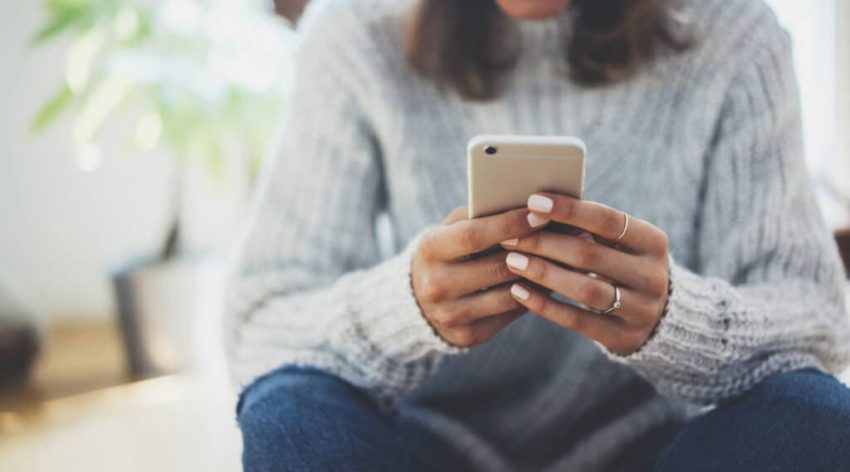How to properly set up your phone directly after the purchase ?
In general, a new phone should be configured the first time it is used. This step allows you to access its features and take full advantage of its performance. In addition, smartphones offer customization options to improve user comfort.
However, you will have to pay attention to certain parameters in order to limit the risks of underperformance or security.
What to do to properly set up your phone after the purchase ?
It is generally useful to How to set up your phone after the purchase. The manufacturer can possibly preconfigure the device on certain markets or models. In this case, the device can be used immediately after association with the owner's account.
The user will only have to customize it through images, sounds, applications or protections such as an iPhone 12 Pro case.
Overall, the configuration is simple, regardless of the brand and operating system. The procedure serves to appropriate the phone and to connect to the services provided by the manufacturer. In addition, some logical steps should not be neglected to ensure the proper functioning of the new device.
They also improve the life of the phone.
Turn on the device and check its charge level
For turn on the smartphone, Simply hold down the power button until the screen responds. The button can be on the top or on the edge, depending on the brand and model. These factors will also determine the message displayed on the welcome screen.
On an iPhone for example, the Apple logo appears first, followed by the word "Hello" in several languages.
At this point, the user will have to follow the instructions displayed on the screen to launch the iOS setup wizard. A visually impaired person can use the VoiceOver or Zoom features to set up their phone after purchase. If the screen does not turn on, the battery is probably discharged.
It is also advisable to charge the device between 50 and 80% to finalize the settings while sparing the battery.
Interact with the operating system
Once the system is up and running, you will need to choose the language and validate the terms of use on Android. These settings can always be changed later, in the phone's Settings. On the other hand, the terms of use are considered to be definitively accepted by pressing Next. However, this consent is necessary to continue the configuration.
On an iPhone, the user has the Quick Start feature to automatically set a new phone. This option allows to quickly adjust the settings to the preferences saved on other devices. In addition, it helps to transfer data between the old and the new smartphone.
Exchanges with the OS also allow to automate essential updates.
Connect to Wi-Fi
The connection to Wi-Fi is required to activate an iPhone and continue the device configuration. If there is no wireless network, it is also possible to connect to the mobile network. However, this alternative requires the insertion of a SIM card beforehand.
It may also be necessary to activate the eSIM, depending on the operator.
On an Android phone, Wi-Fi access allows the user to link the device to their Google account. It will then be able to select the services to be activated and synchronize the data of the laptop. Internet connection is also required to activate geolocation security systems.
Regardless of the name, this type of service is available on iOS and Android devices.

Should you insure your smartphone? ?
The security settings are the most difficult part, when it comes to Setting up your phone after purchase. Indeed, a flaw at this level may expose the device to data or identity theft and malicious use. Nevertheless, manufacturers have developed various solutions to reduce the risks.
They offer facial recognition and fingerprint reader (Face ID and Touch ID on iPhone).
On the other hand, each user can set passwords and PINs to strengthen the security on his phone. However, these different technologies remain vulnerable, like any other tool. Thus, it is strongly recommended to insure your smartphone as soon as you buy it.
This measure helps protect the device against theft and loss. In addition, warranties can also cover screen breakage or cyber threats (virus infections, computer attacks, hacking, etc.).).

